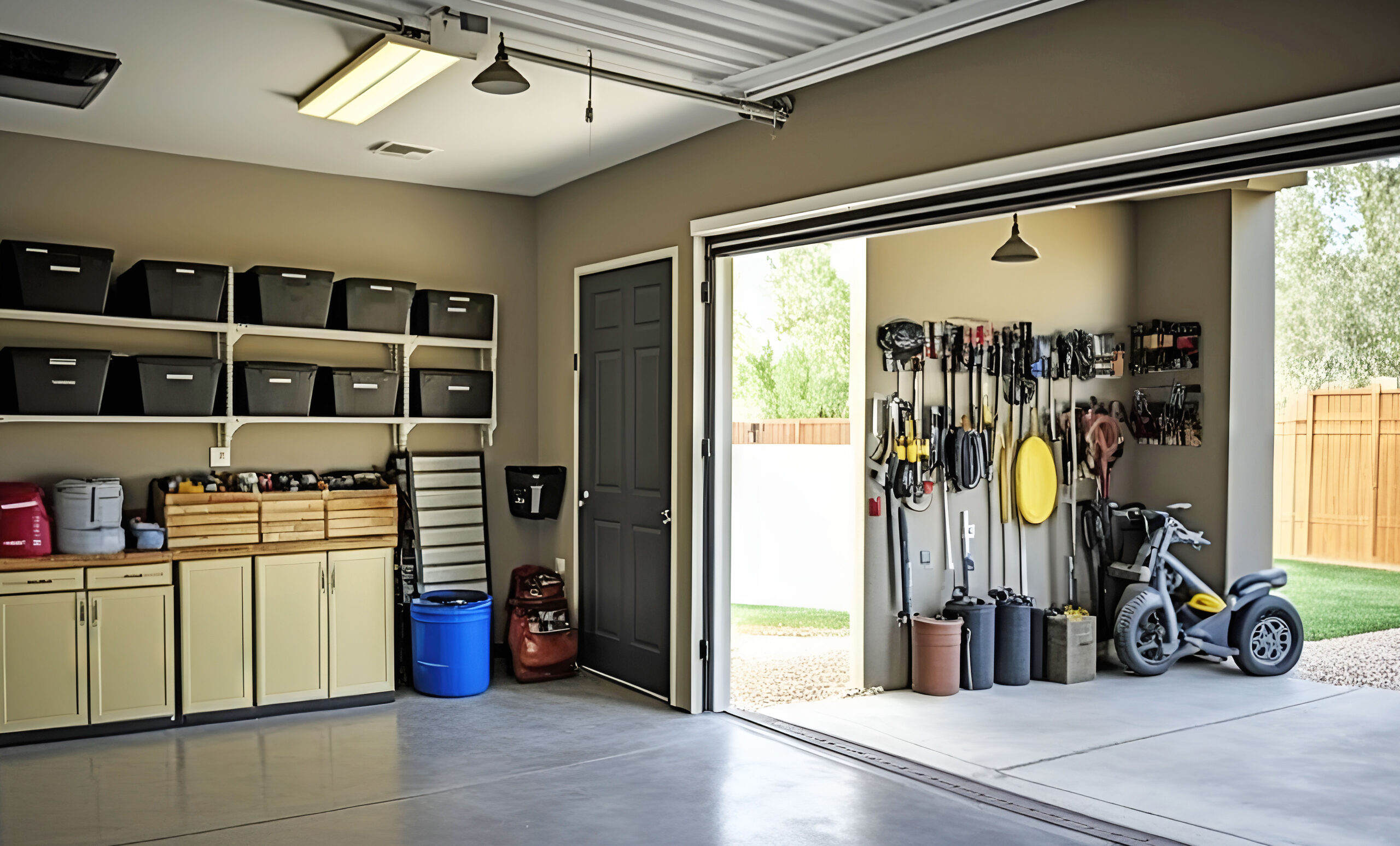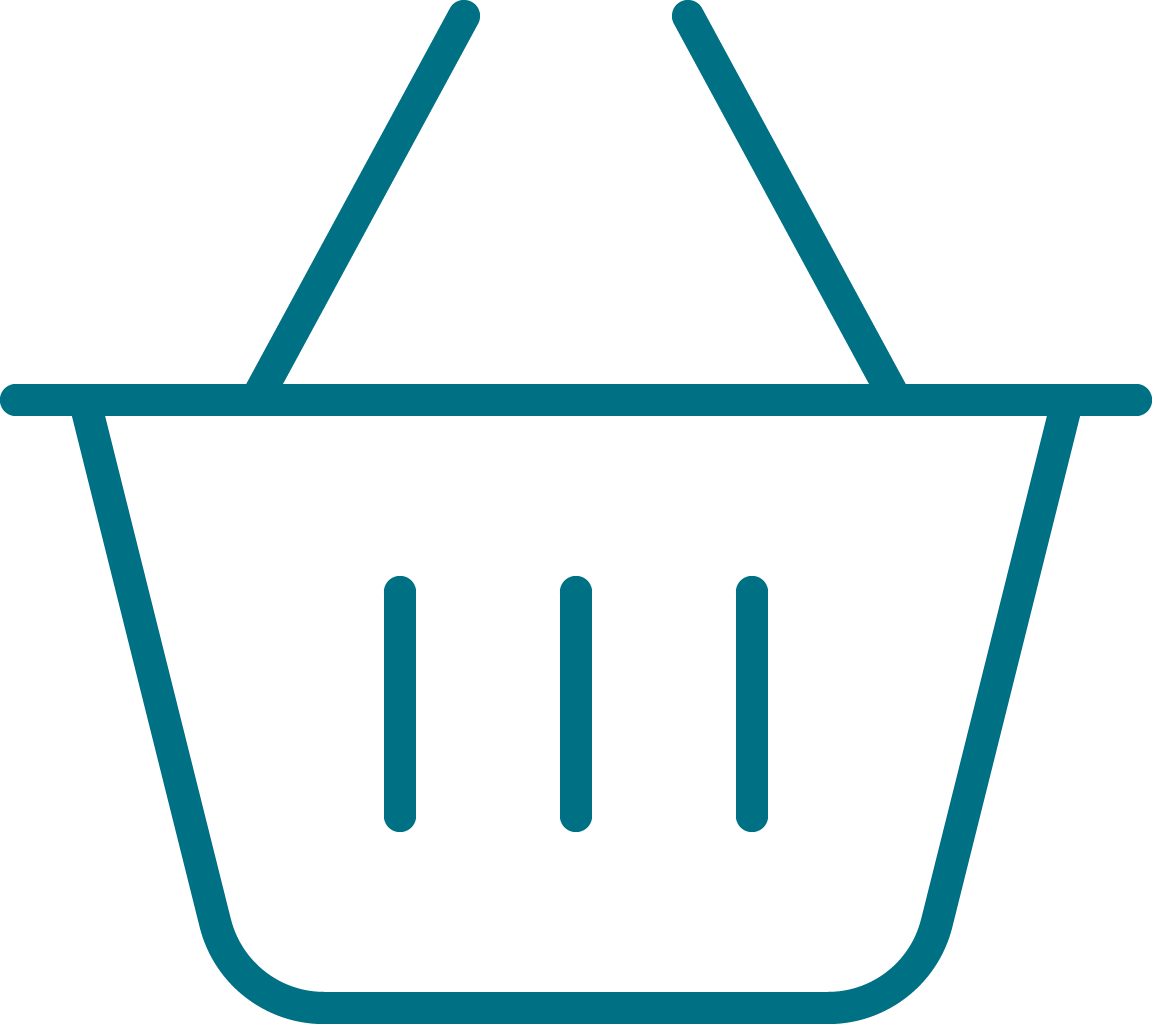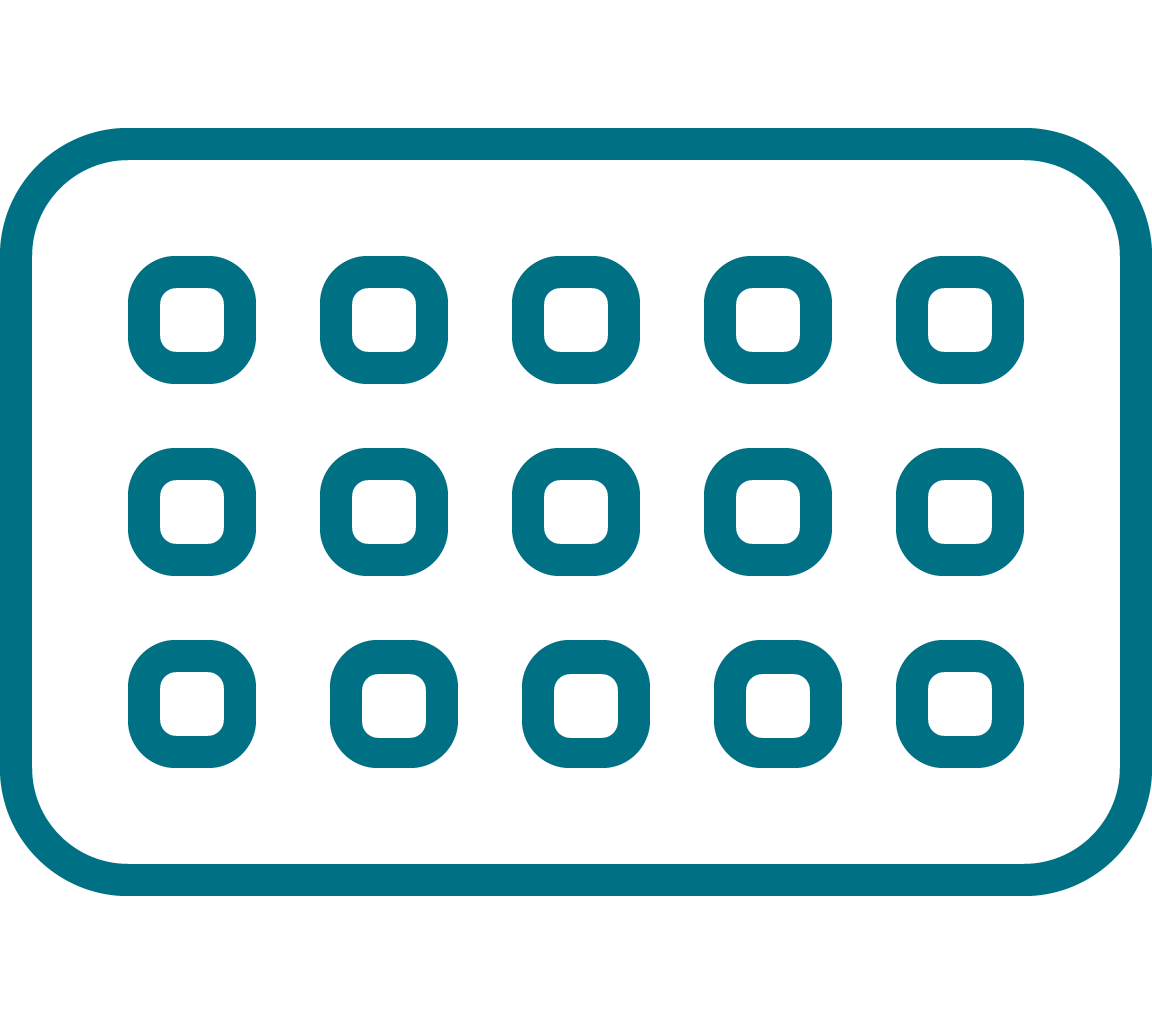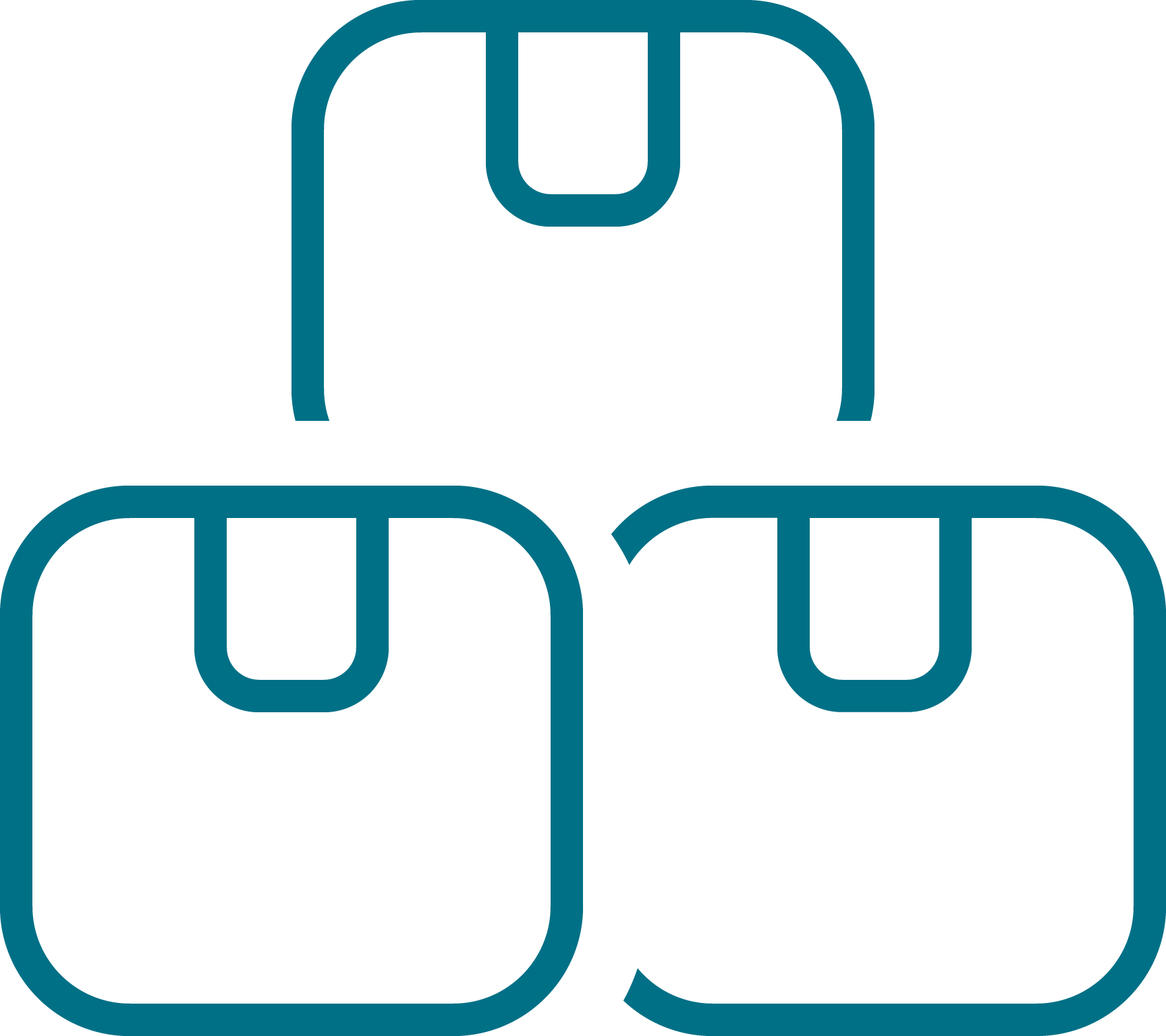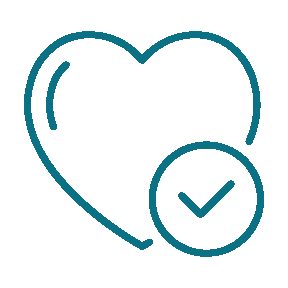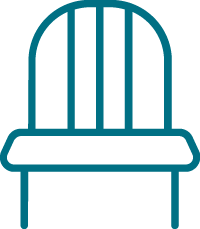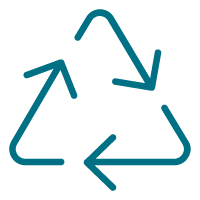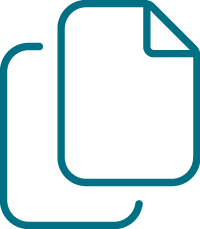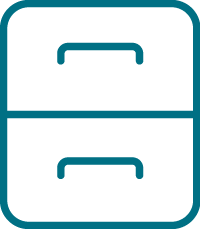7 Reasons Having An Organized Home is Good for Your Mental Health
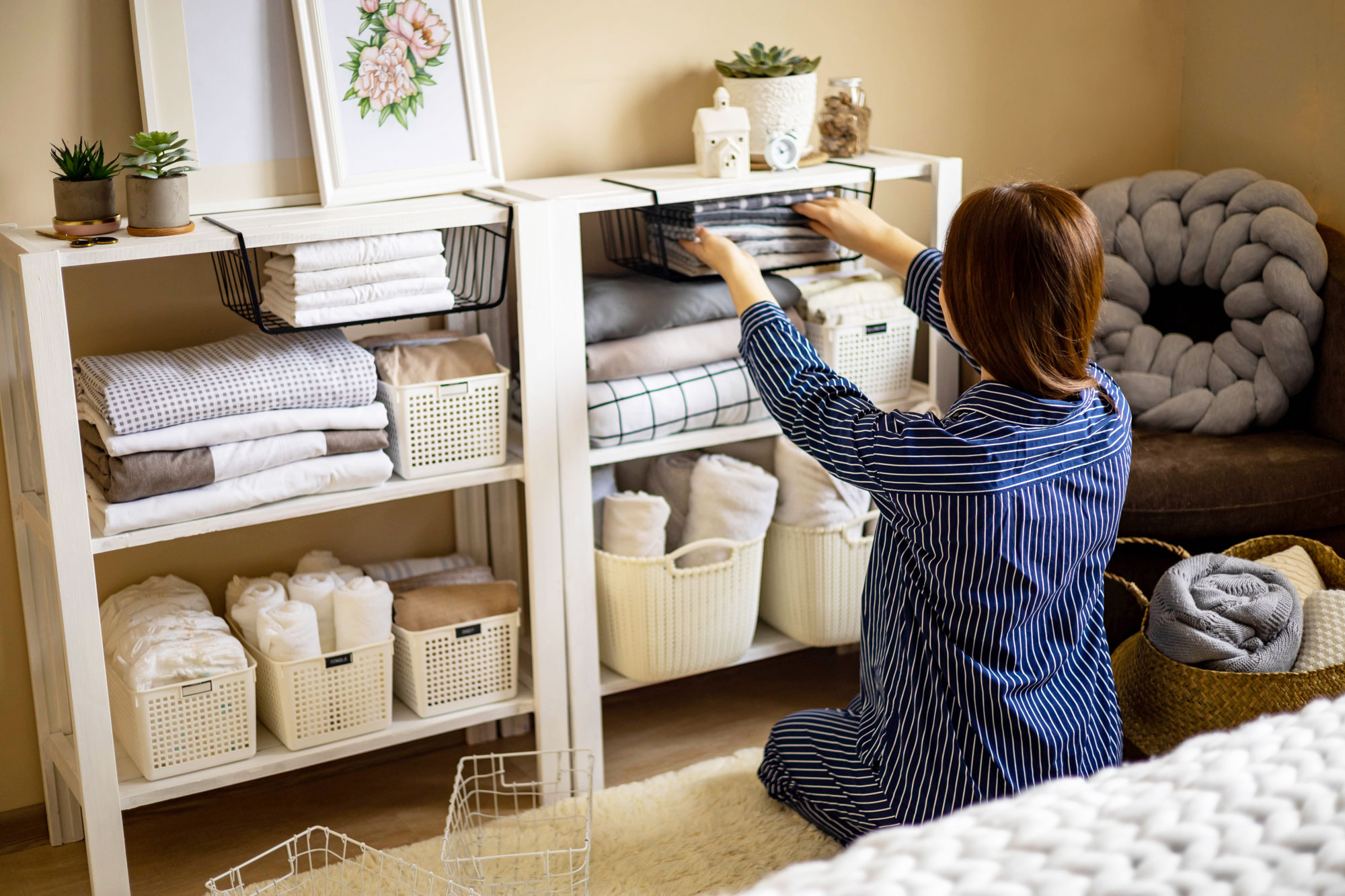
Have you ever felt overwhelmed walking into a messy house after a long day of work or felt suffocated walking into your kid’s bedroom? There is a reason a messy, cluttered home is stressful. Having an organized home can have several positive effects on your mental health. Here are some reasons why:

Reduced Stress
Clutter and disorganization can contribute to feelings of stress and overwhelm. When your home is clutter-free and well-organized, it creates a calming and peaceful environment. It allows you to easily find what you need and minimizes the time and effort spent searching for things, reducing stress levels.
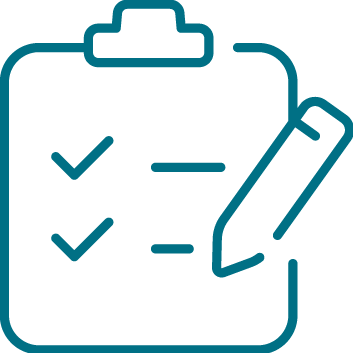
Increased Productivity
An organized home can enhance your productivity and focus. When everything has its designated place and is easily accessible, you can accomplish tasks more efficiently. A tidy environment helps you stay focused and prevents distractions, allowing you to concentrate on important tasks.

Enhanced Mental Clarity
A cluttered home can lead to mental clutter. It can be overwhelming to have a constant visual reminder of unfinished tasks or disorganized spaces. By decluttering and organizing your home, you create a clear and ordered space that can promote mental clarity and reduce mental fatigue.
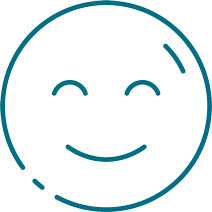
Improved Mood
Living in a tidy and organized environment can positively impact your mood. A neat home can evoke a sense of pride, accomplishment, and satisfaction. It can also create a visually pleasing atmosphere that can boost your mood and create a sense of calm and harmony.
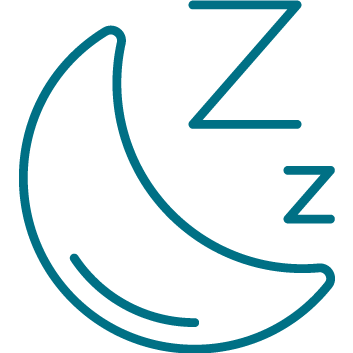
Better Sleep Quality
Your home environment can significantly affect your sleep quality. An organized bedroom free from clutter can create a serene and relaxing atmosphere that promotes better sleep. When your bedroom is organized, it becomes easier to unwind, both physically and mentally, leading to improved sleep patterns.

Sense of Control
Having an organized home gives you a sense of control over your environment. It can provide a feeling of mastery and empowerment, as you are able to manage and maintain your living space effectively. This sense of control can translate into increased confidence and overall well-being.

Reduced Anxiety
Living in a chaotic and disorganized environment can contribute to feelings of anxiety. The uncertainty and constant visual reminders of unfinished tasks or clutter can be overwhelming. Organizing your home can create a sense of order and structure, reducing anxiety and promoting a sense of calm.
Remember that organizing your home is a process, and it’s important to approach it at a pace that feels comfortable for you. Start small, declutter one area at a time, and develop systems to maintain organization. Gradually, you’ll experience the positive impact it can have on your mental health. If organizing your home is daunting task, the professional organizers at Top Shelf Home Organizers are happy to help. Contact Jayme for a consultation. This article was written in collaboration with our friend, OpenAI.
Simple. Life. Solutions.
We would love to put our talents to use making your home and office functional and organized. Let us know how we can help your space be the best it can be.

